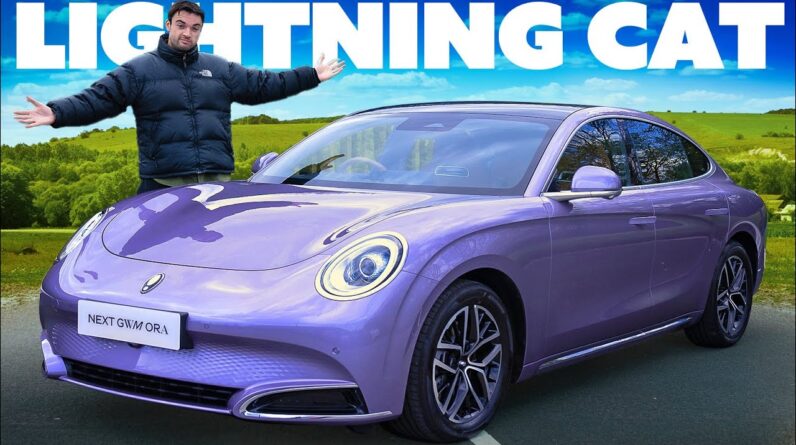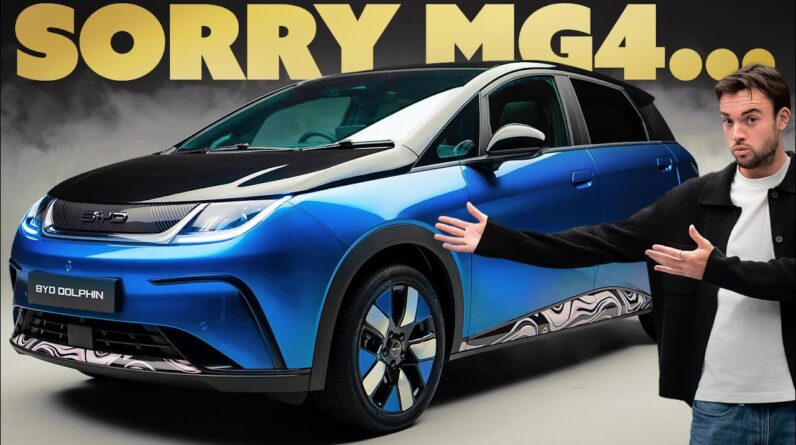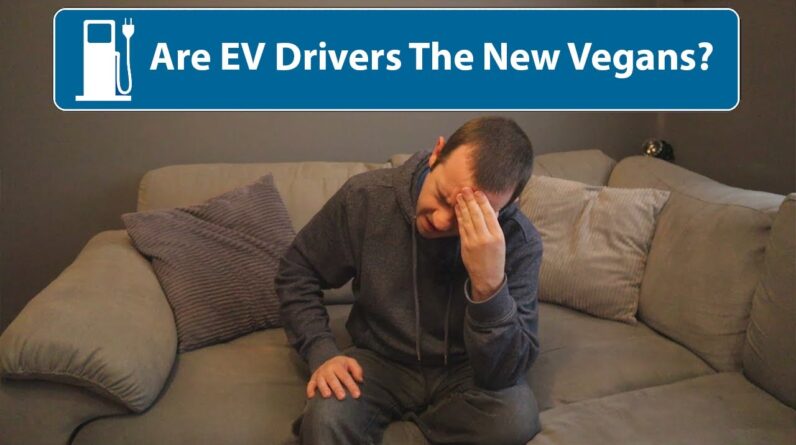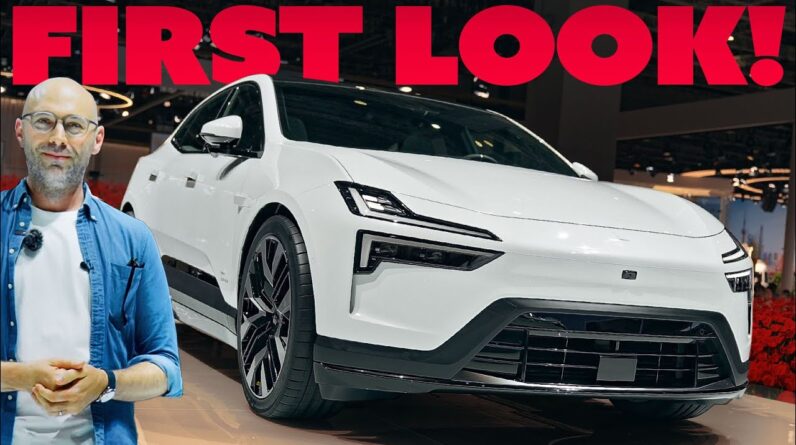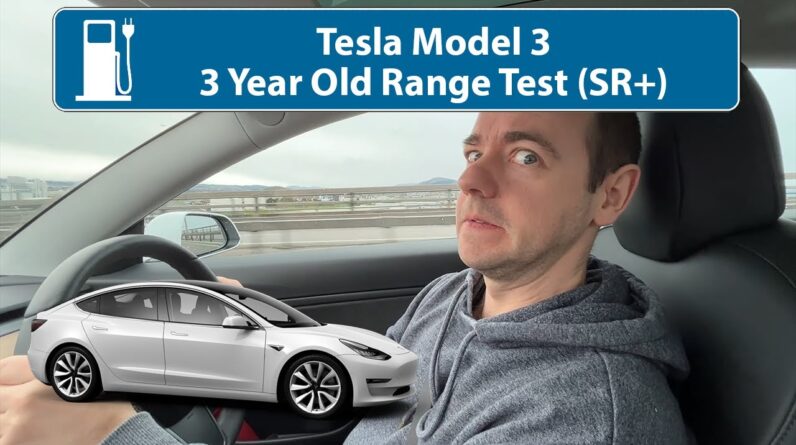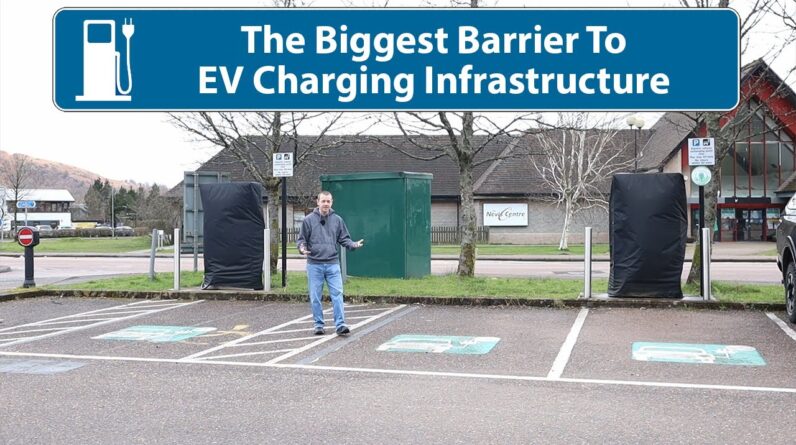Will EVs melt the Grid?
Bloomberg NEF estimates that there will be 27 million plug-in vehicles in the world by the end of this year. They reckon that the total demand for electricity by EVs is about the same as Singapore’s total demand. Put another way, it adds around 0.2% to global electricity demand.
Let’s take a look at the shining light of EV adoption, Norway. Even there, with 20% of the fleet now being EV, and around 80% of new car sales being electric…electricity demand from EVs only adds 1.4%. And in many wealthy countries around the world, electricity demand is actually falling. Appliances are getting more efficient: LED lights, better insulated homes and so on. In those cases, EVs are actually off-setting a drop in demand.
Here’s another way to look at it, based on the numbers from Bloomberg NEF’s analysis. In 2021, China generated 983TWh of electricity from wind and solar alone. This was 25 times the amount of electricity consumed by the global fleet of EVs! And we’ll touch on renewable energy again shortly.
Off-peak magic
So we just spoke about demand and peak loads. This is the time when the grid is under the most stress. It normally takes place in the late afternoon into the early evening. There’s also a spike in the morning when people get up and put the kettle on. You see, electricity supply and demand is kept within extremely tight margins. It’s not like we have a reservoir of electricity waiting to flow into your house or business. Production has to meet demand at any given moment. That means balancing the intermittency of solar and wind energy with thermal, nuclear or hydro production.
The thing with cars is that they’re static for the vast majority of their existence. Taxis, buses and delivery vans are a little different of course. But most vehicles just sit on a driveway or in a car park for about 22 or 23 hours each day. So this leaves a huge window of opportunity to charge them. The vast majority of EV owners can easily avoid charging at key times in the day.
Also, only a small proportion of EV charging is done at high speeds on DC chargers. The majority is done on slower AC chargers at home and in car parks. Sometimes this charging is spread out over 10 hours, or maybe more if charging on a granny cable. So we don’t often see situations where EVs will cause massive spikes in consumption
EVs as a solution
Ok…so we’ve spent some time looking at the numbers and showing how unlikely it is that EVs will cause much stress on grids. So is the answer to our big question about EVs collapsing the grid actually…the opposite? Let’s take a look at some of the ways in which EVs can be part of the solution.
Let’s start with smart meters. With the roll out of smart meters, EV owners can be incentivised to charge their cars when demand on the grid is at its lowest. But why? Well, big drops in demand are also a problem for grid operators. They have to shut down gas and coal plants so as not to send too much power onto the grid. And frequently they will have to curtail wind generation during a windy night due to low demand.
This is where EVs come in. Customers can be incentivised to charge their cars during these times, which will allow grid operators the chance to balance the grid. We actually saw a few occasions here in the UK last year where demand at night was much lower than generation. Some people with smart meters on special tariffs were able to charge their cars and actually get paid for it!
Charging is just the first part of how EVs can help balance the grid. The other is where the collective batteries in EVs can be used to prop up the grid in times of need. Consider the Nissan LEAF+, which has a 59kWh usable battery. It also has bi-directional charging. Let’s say that you own this car, and that you know you’re only going to need about 100 miles of range the next day. Well, bi-directional chargers are being rolled out as we speak that can take energy from the car and send it back to the grid.
Grid operators could incentivise the owner to charge their car at night on really cheap electricity. Then, the next morning when there is a peak in demand as everyone switches on the kettle for a cuppa, EV owners can be paid for a small amount of energy stored in their battery! It would only take a small bit of power from a large number of EVs to comfortably shave the peak off demand. EV owners would be paid more for the power than they paid for that electricity during the night. All of a sudden, the grid is being balanced by EVs, and owners are making money from a stationary vehicle!


